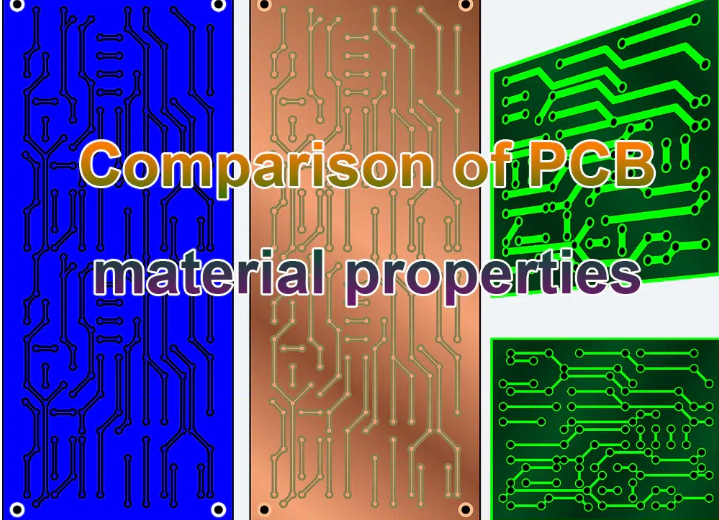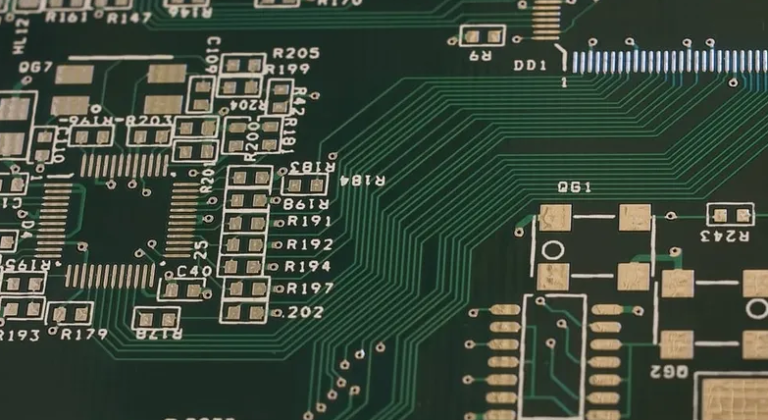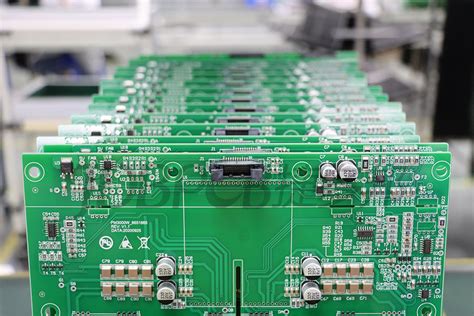PCB Outline Drilling Process
PCB Outline Drilling Process
Drilling is an important part of PCB outline processing, and drill bit selection is particularly critical. Welded carbide drills, known for their high connection strength between the drill tip and the cutter body, can produce holes with fairly good surface roughness, small hole diameter tolerances, and high positional accuracy. When tightening the locking screw, the crown drill can achieve the same high feed rate as the welded drill.
Many people mistakenly believe that drilling must be done at low feed rates and low speeds. This was true in the past, but the situation is different with carbide drills today. In fact, users can significantly increase productivity and reduce the overall cost per hole by choosing the right drill.
There are four basic forms of drills with carbide cutting edges available to end users: solid carbide, indexable inserts, brazed carbide drill tips, and replaceable carbide drill tips. Each has its advantages in specific applications.
The first solid carbide drill is used on modern machining centers. Made of fine-grain carbide and with a TiAlN coating for increased tool life, these self-centering drills achieve excellent chip control and evacuation in most workpiece materials due to their specially designed cutting edges. The self-centering geometry and good accuracy of solid carbide drills ensure high-quality holes without any further machining.
Indexable insert drills cover a wide range of diameters at drilling depths from 2XD to 5XD. They can be used both in rotary applications and on lathes. These drills use a self-centering geometry for low cutting forces and good chip control in most workpiece materials.
Brazed drills produce holes with a very high surface finish, high dimensional accuracy and good positional accuracy without further finishing. Brazed tip drills can be used in machining centers, CNC lathes or other machine tools with sufficient stability and speed due to the presence of cooling holes.
The last drill type combines a steel body with an exchangeable solid carbide drill tip called a crown. This drill delivers higher productivity at a lower cost while providing the same accuracy as a brazed drill. This new generation of drills with carbide crowns offer precise dimensional increments and a self-centering geometry that ensures high dimensional accuracy.
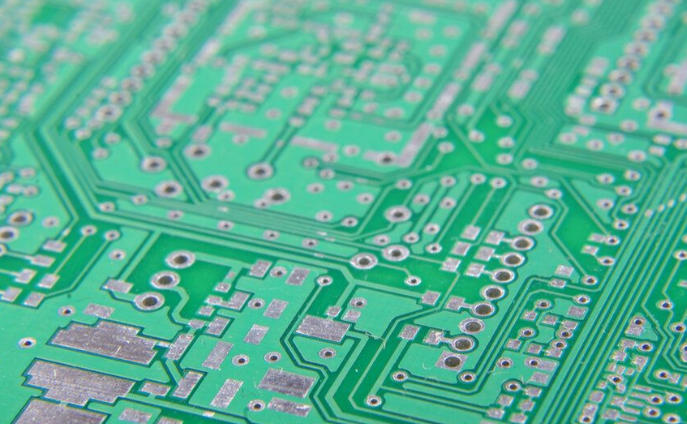
Consider tolerances and machine stability carefully
Shops should select drills based on the specific tolerances they are working with. Small-diameter holes are typically held to tighter tolerances. As a result, drill manufacturers categorize drills by specifying a nominal hole diameter and an upper tolerance. Of all drill types, solid carbide drills have the tightest tolerances. This makes them the best choice for drilling holes with extremely tight tolerances. Shops can often use a 10mm-diameter solid carbide drill to produce holes with tolerances from 0 to +0.03mm.
On the other hand, brazed drills or SECO drills with replaceable carbide crowns produce holes with tolerances from 0 to +0.07mm. These drills are often a good choice for production drilling. Indexable insert drills are the drills that do the heavy lifting in industry. While their upfront cost is generally lower than other drills, these drills also have the widest tolerances, ranging from 0 to +0.3mm depending on the diameter/hole depth ratio. This means that end users can use indexable-insert drills when they need holes with tighter tolerances, otherwise they must be prepared to finish the holes with boring tools. Along with hole tolerance, shops need to consider machine tool stability during the selection process. Because stability is critical to tool life and drilling accuracy, shops should verify the condition of the machine tool spindle, fixtures and accessories. They should also consider the drill’s inherent stability. For example, solid carbide drills offer the best rigidity, which allows them to achieve high accuracy.
On the other hand, indexable-insert drills are prone to deflection. These drills are equipped with two inserts—an inside insert in the center and an insert that extends outward from the inside insert to the edge—with only one insert initially in the cut. This creates an unstable situation that causes the drill body to deflect. And the longer the drill gets, the greater the deflection. Therefore, shops using indexable-insert drills of 4XD and above should consider reducing feed for the first millimeter and then increasing to normal feed. Brazed and replaceable-crown drills are designed with two symmetrical cutting edges that form a self-centering geometry. This high-cutting design allows the drill to enter the workpiece at full feed rate. The only exception is when the drill is not perpendicular to the surface, when it is recommended to reduce feed by 30% to 50% on entry and exit.
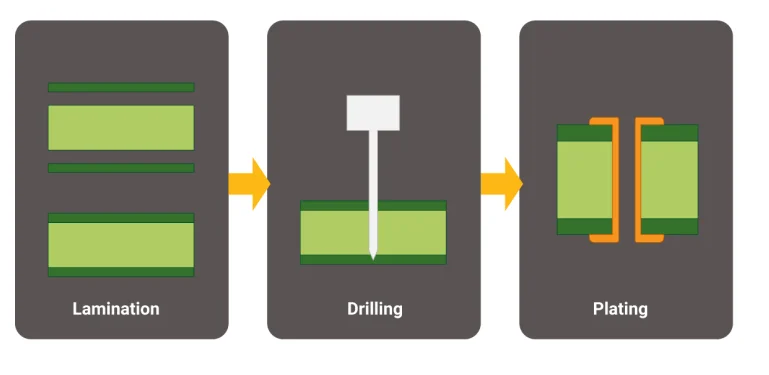
Steel drill bodies allow for slight deflection, allowing them to be successfully used on lathes. Rigid solid carbide drills, on the other hand, may break easily, especially when poorly centered on the workpiece. Don’t Ignore Chips Many shops encounter chip evacuation problems. In fact, poor chip evacuation is the most common problem in drilling, especially in mild steels. And it doesn’t matter what drill is used. Shops often use external coolant to solve this problem, but only for holes less than 1XD and at reduced cutting parameters. Otherwise, they must use the appropriate coolant at a flow and pressure that matches the hole diameter. For machines without through-spindle coolant, shops should use an external-to-inside coolant setup. Remember, the deeper the hole, the more difficult it is to evacuate chips and the more coolant pressure is needed. Always check the manufacturer’s recommended minimum coolant flow level. At lower flows, it may be necessary to reduce feeds. Check lifecycle costs Productivity, or cost per hole, is the biggest trend affecting drilling today. This means drill manufacturers must find ways to combine certain operations and develop drills that can accommodate high feeds and high speeds.
The latest drills with replaceable solid carbide tips offer superior economics. Instead of replacing the entire drill body, the end user purchases a carbide tip that costs the same as regrinding a brazed or solid carbide drill. These crowns are easy to replace and accurate, and shops can use multiple crowns on a single drill body to drill several different hole sizes. This modular drilling system reduces inventory costs for drills ranging from 12mm to 20mm in diameter.
In addition, it eliminates the cost of backing up drills when brazed or solid carbide drills are regrinded. When reviewing the cost per hole, shops should also consider total tool life. Typically, shops can reground a solid carbide drill seven to 10 times, while a brazed drill can only be reground three to four times. On the other hand, the steel body of a crown-type drill can be replaced at least 20 to 30 times when machining steel parts.
There is also a productivity issue. A brazed or solid carbide drill must be reground; therefore, shops tend to reduce speeds to avoid sticking. But a replaceable-tip drill does not have to be reground, so shops can use full feeds and speeds without worrying about sticking carbide material.




